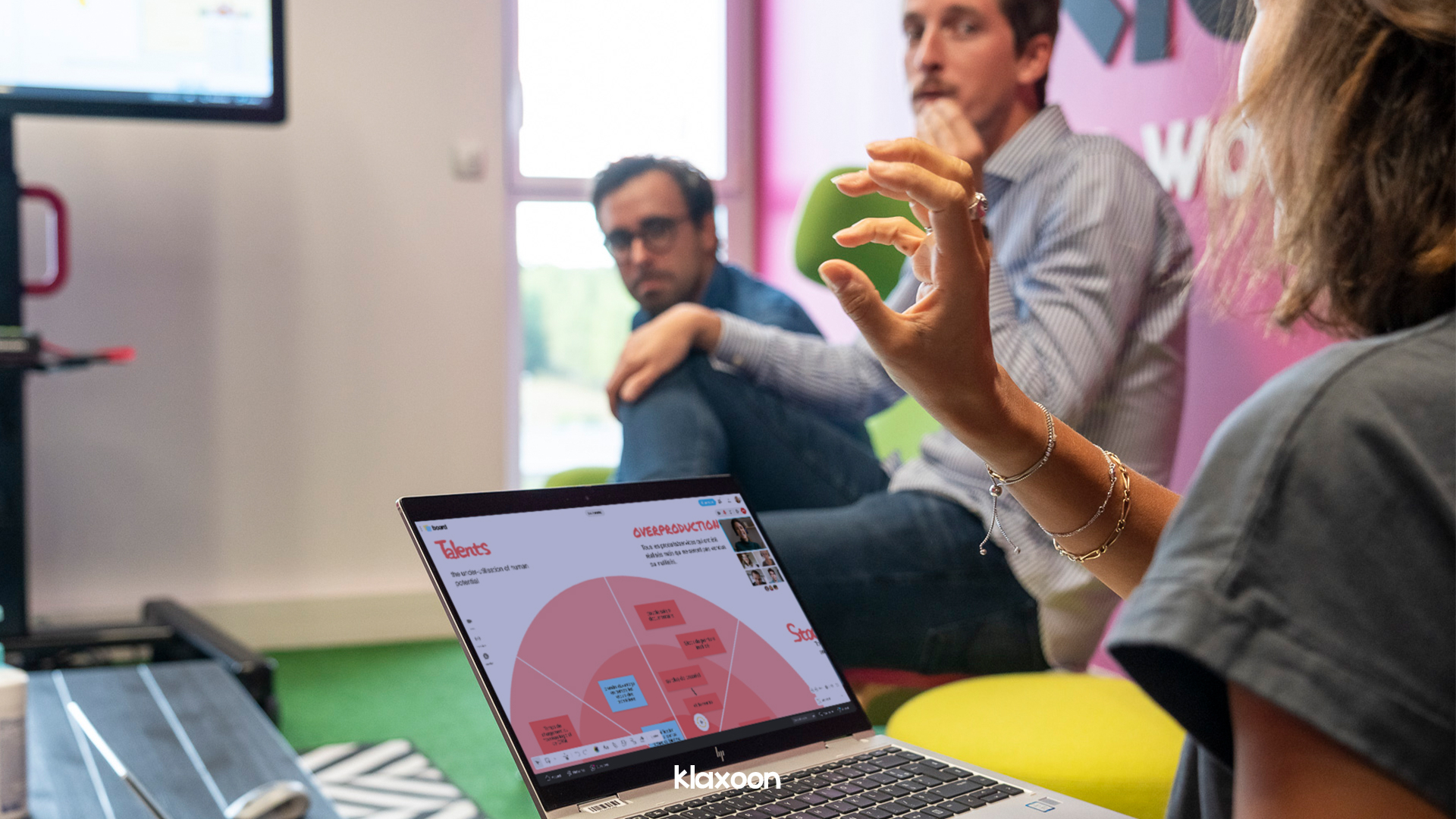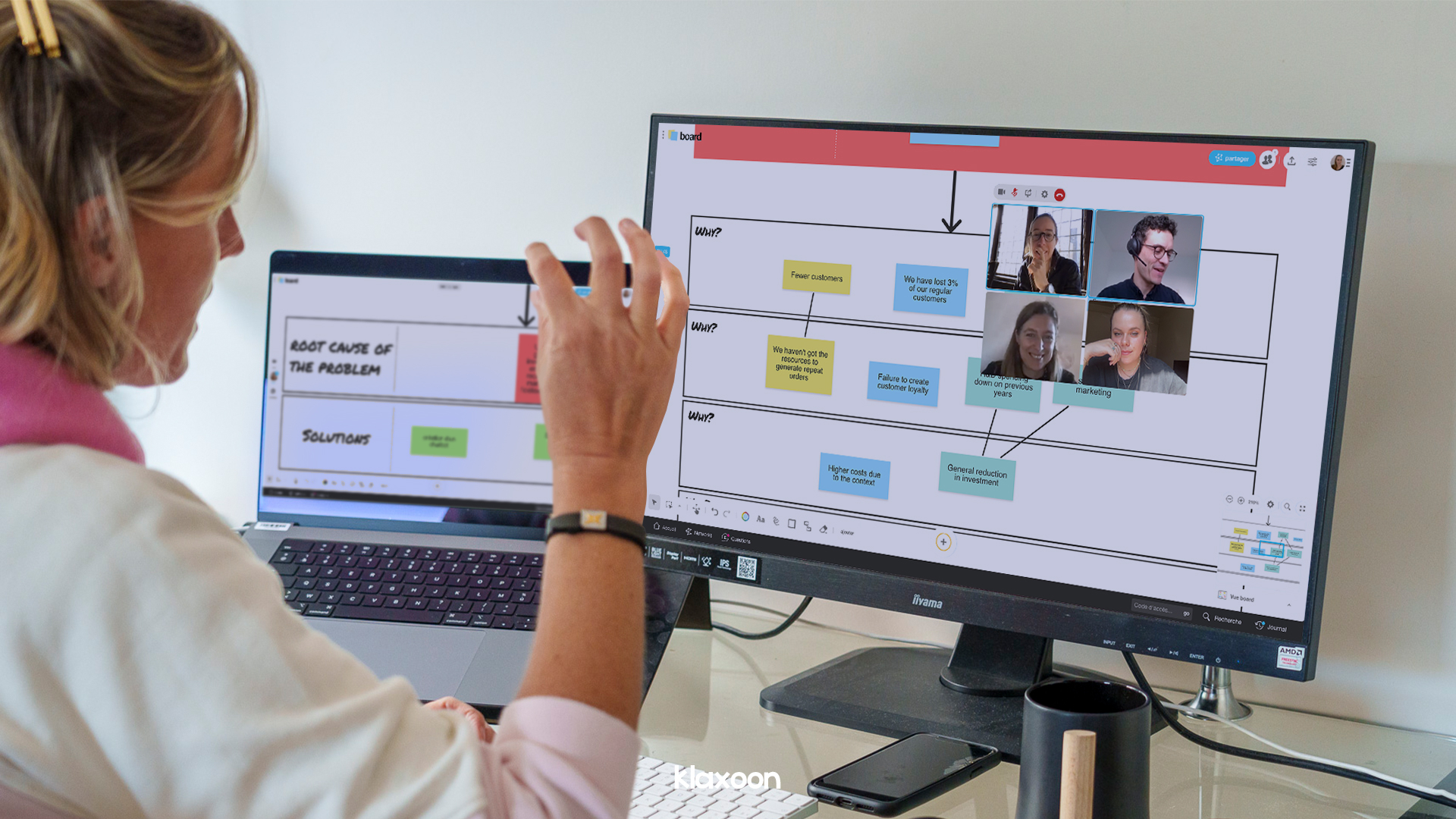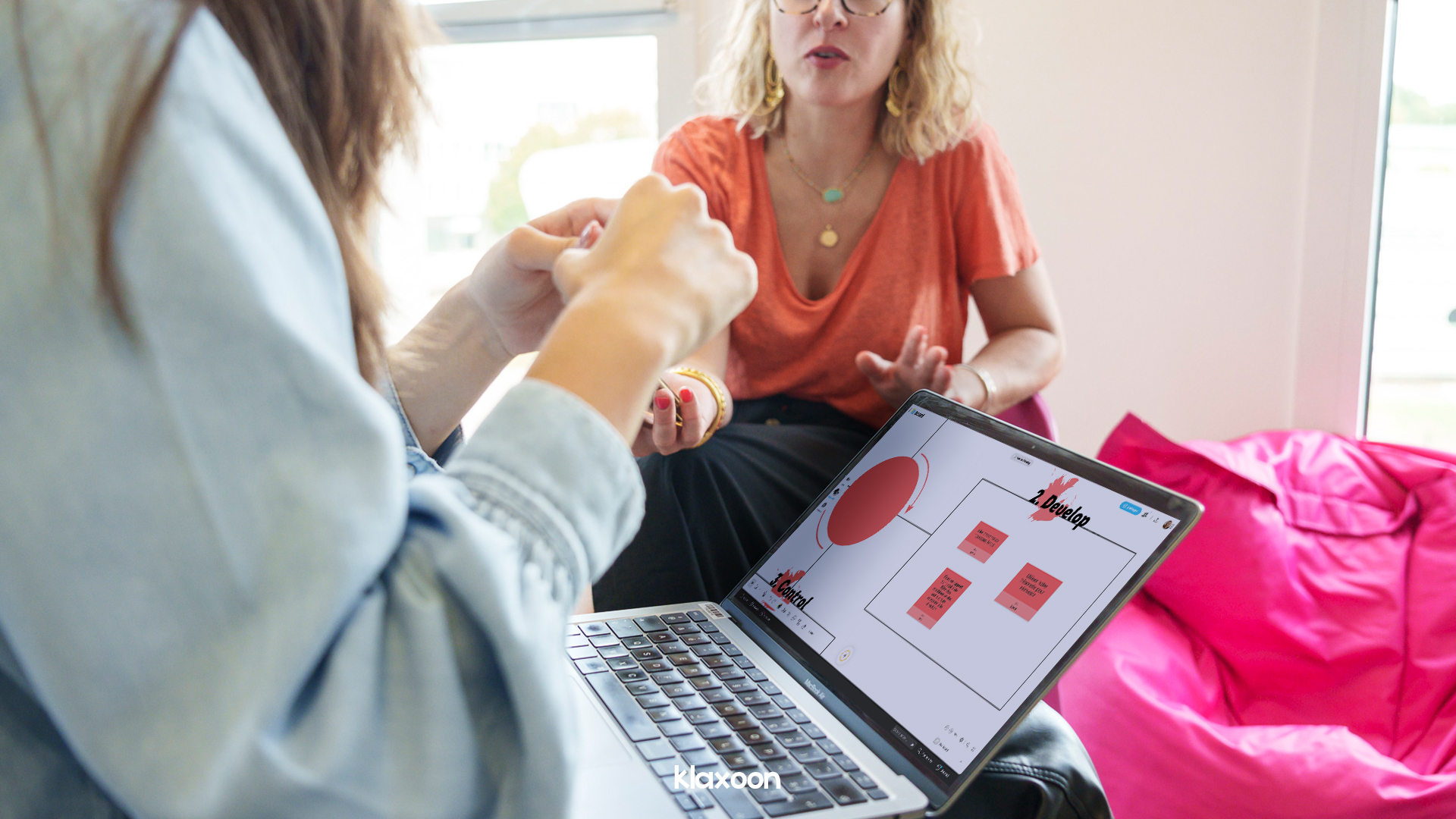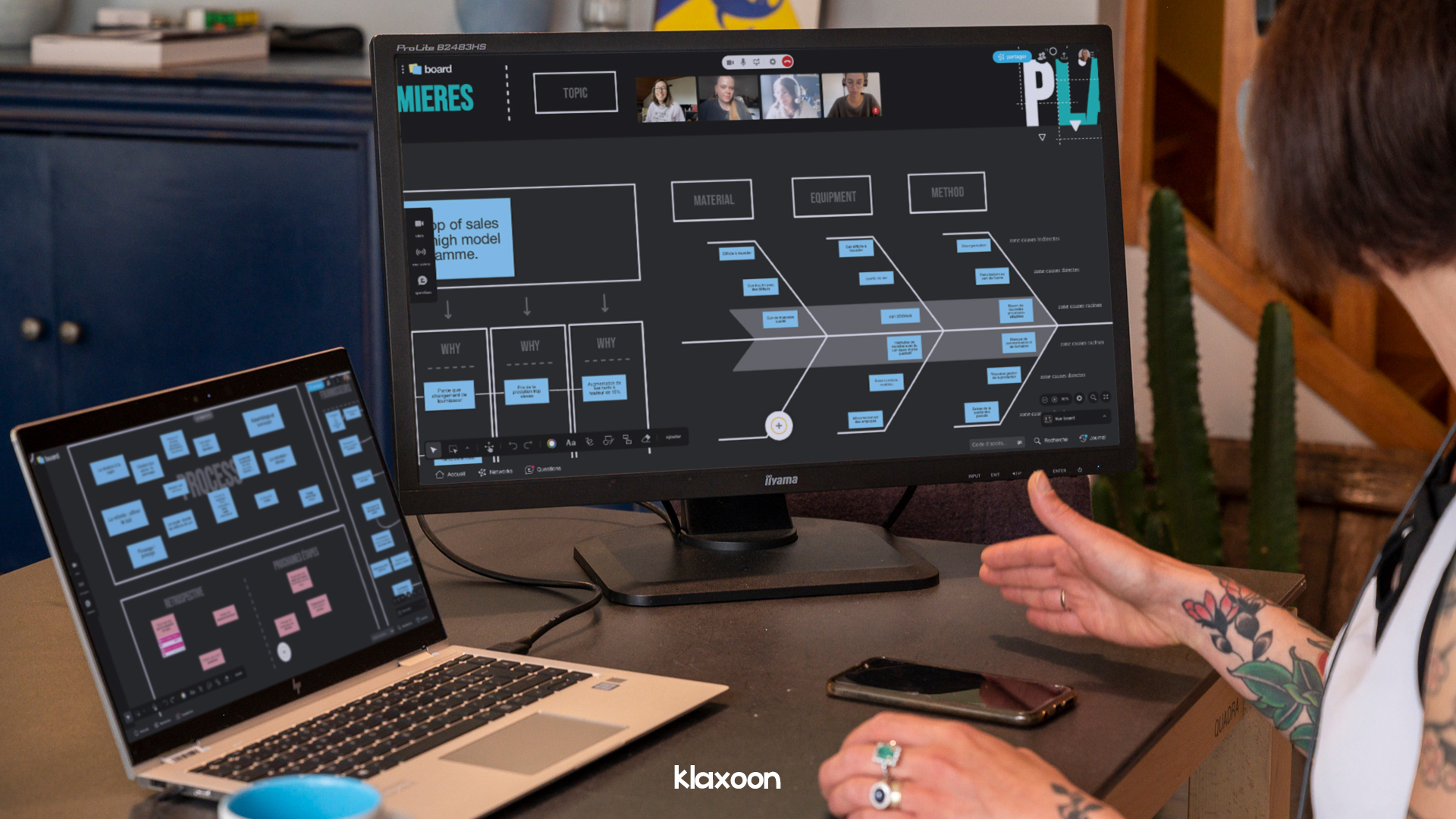5 templates to get started in Lean management
Published on February 14, 2025
5 templates to get started in Lean management
Based on the Japanese car manufacturer Toyota’s practices, Lean management is a system that focuses on employee empowerment and customer satisfaction. It’s easy for you to follow its daily routines with our 5 ready-to-use templates.
Guess which is the largest car manufacturer in the world? If you regularly read the articles published here, you should have some idea. And if this is your first time with us, then now you know: it's Toyota. The Japanese manufacturer has held the top spot in this unofficial ranking for several years now. And to understand the secret of this runaway success, it's illuminating to look at their way of working. And more specifically their Lean management practices.
To be perfectly honest, Toyota didn’t really invent Lean management, but it is very much inspired by the systems developed in the car manufacturer’s plants.
More specifically, Lean management is a way of working that aims to improve a company’s performance by focusing on production quality.
From an operational point of view, Lean management optimizes processes by trying to eliminate non-value-added activities. This means limiting overproduction and optimizing loading, transport and waiting times.
Hence the expression “Lean management” to define this system. “Lean” literally means slimmed down. The message is clear: Lean management is all about eliminating waste. And eliminating waste has been one of Toyota’s production mantras since the 1950s. In the manufacturer's own words, they use the term "kaizen", which can be translated as continuous improvement. But we'll look at that a bit further on.
Today, far from being the reserve of the car industry or even the industrial sector in general, Lean management can be applied to all kinds of teams. It’s a system that focuses on empowering people and improving the performance of the whole group. You just need to use a few proven techniques. Here are our five favorites.
First of all, it’s important to identify all the small problems you encounter on a daily basis, and then eliminate them. This is exactly what the 8 Wastes of Lean aim to do. Also called “8 mudas”, it comes from the Japanese term "muda", which means waste. Using this template, you can visually represent all the "mudas" or waste you come across as a team.
The 8 wastes are as follows:
As a team, think about what is impacting your efficiency, and how harmful this is to you. Using the 8 Wastes of Lean template, you will see at a glance that each waste corresponds to a specific area. All you have to do is indicate which waste or “muda” matches your problem and place it in the corresponding area. Ranking them in order of importance, you can determine together what needs to be dealt with first. Depending on their importance, just place them in the colored circles.


The 8 mudas allow you to eliminate all the little irritants of your daily life.
The 8 Wastes of Lean method will help you make the right decisions. Collectively identifying areas of waste helps to get the team pulling in the same direction without naming and shaming any particular activity, and classifying them by their impact level means it's very easy to prioritize tasks. Meeting in a room or working remotely, the whole team works together using the 8 Wastes of Lean template to eliminate waste.
With this method, the idea is to improve performance (in terms of productivity, quality, time and costs) through continuous improvement while eliminating waste, all with the aim of adding value to satisfy the customer.
In a similar vein, you can also try the 5S methodology. This is another method focused on improving processes and eliminating waste. With the 5S method, you optimize your shared team work environment in five steps: "Seiri" (sort), "Seiton" (straighten), "Seiso" (shine), "Seiketsu" (standardize) and "Shitsuke" (sustain).
The result? As a team, you find solutions to boost efficiency, save time and energy, reduce the risk of accidents and improve end product quality.
And once the problems are identified, it's time to move on to solving them.
Dealing with problems is good, but to get rid of them once and for all, you have to find the root of the problem. And to do that, start from an initial observation and ask yourself the question: "Why?" And keep repeating it as many as five times to really find the root of your initial problem.
This 5 Whys method has several advantages, because it helps you:
The method is simple, but a few principles have to be respected to maximize its effectiveness:


With the 5 Whys method, you can tackle the root problem, the one that causes all the others.
As you can see above, with this template, you will be able to visually understand how your problems arose and at the same time think about the various possible causes.
The success of this exercise is based on repeatedly asking yourself “Why?”, and gradually getting to the root cause. Using Board and the template, you visually clear the path to the source of your ultimate problem. Logical links can even be represented by colored lines and arrows. With the 5 Whys template, your discussions are based on facts. They become more concrete and understandable and you get more tangible results.
Finally, once your root cause is identified, place it in the action plan to resolve your initial concern and all the resulting stumbling blocks.
Here, the first two templates can help you list and categorize the issues you are facing. This one will help you add the solutions into a more global continuous improvement approach.
The Deming wheel is a visual solution to create a culture of continuous improvement using the so-called PDCA cycle. This acronym stands for Plan, Do, Check and Adjust.
It takes its name from the American university professor and statistician William Edwards Deming, who developed this cycle and popularized it in Japan in the second half of the 20th century.
The Deming Wheel works as follows: each step, represented by one of the letters P, D, C and A, corresponds to one quarter of the wheel. Once all the actions of a step have been completed, the wheel is rotated by a quarter to move on to the next step, following the unchanging cycle P, D, C and A.
In practice, this translates as follows:
Keep repeating this cycle until you are completely satisfied. The advantage of this method, like the previous ones, is that it can be applied in any setting. You can improve a product, service, organization or work process.


With the Deming wheel, easily start a virtuous circle of continuous improvement.
Using the template, use the Like options and Dimensions to determine together the best ideas and actions to take and choose the people responsible for them. All this information will be visible at a glance.
One of the best things about this method is that it is very flexible. For it to be effective, it can be helpful to make each step as short as possible, because you will only progress once you’ve completed a full turn.
The repeated cycles naturally trigger a culture of continuous improvement that you eventually have to continue.
Like the Deming wheel, the A3 report is an "all-in-one" solution that follows the same path as PDCA.
Originally intended to fit on an A3 sheet (hence its name), the A3 report has been digitized so it’s available anywhere and anytime, but retains its initial qualities: rigorous, precise and above all, concise. Remember, we don't want any waste in Lean management.


A3 report is an efficient way to align improvement with concision.
The A3 report has great value for your team: it's fundamentally a group exercise. Since it was originally a report on a sheet of paper, it’s a visual aid in a standard format that is perfect for analyzing and summarizing. It provides a clear yardstick for teams, with each new project.
This solution combines almost everything we’ve seen in the three previous templates, thanks to its eight-step structure, the first five of which are devoted to the planning phase. Here's how:
Steps 6, 7 and 8 repeat the last 3 steps of the PDCA cycle. Which are:
This way, in just one dedicated space, you can find all your thoughts and your master plan to improve your work methods as well as your products or services.
As we said, all-in-one.
To complete the picture, the Kaizen template can be used to gather in one place a host of useful templates to implement the eponymous approach, at the origin of Lean management.


Like Lean management in general, Kaizen transforms your organization in small, targeted steps.
All these methods share the same concept, namely making small improvements continuously to extend it to the whole value chain. By combining these different methods and templates, you will be able to implement Lean management throughout your whole organization.
Unlike management methods involving technological development that can be expensive and sometimes time-consuming to implement, Kaizen focuses on the human aspect of progress. It's all about identifying innovation and improvement opportunities from all quarters, in every department and at every level.
With the Kaizen approach, people can speak up at any time about things that can be improved. This way, the performance of the entire organization depends on the growth of all employees.
Now you know all of this, does it really seem so surprising that Toyota is the world’s leading car company?
Unlock your teamwork potential